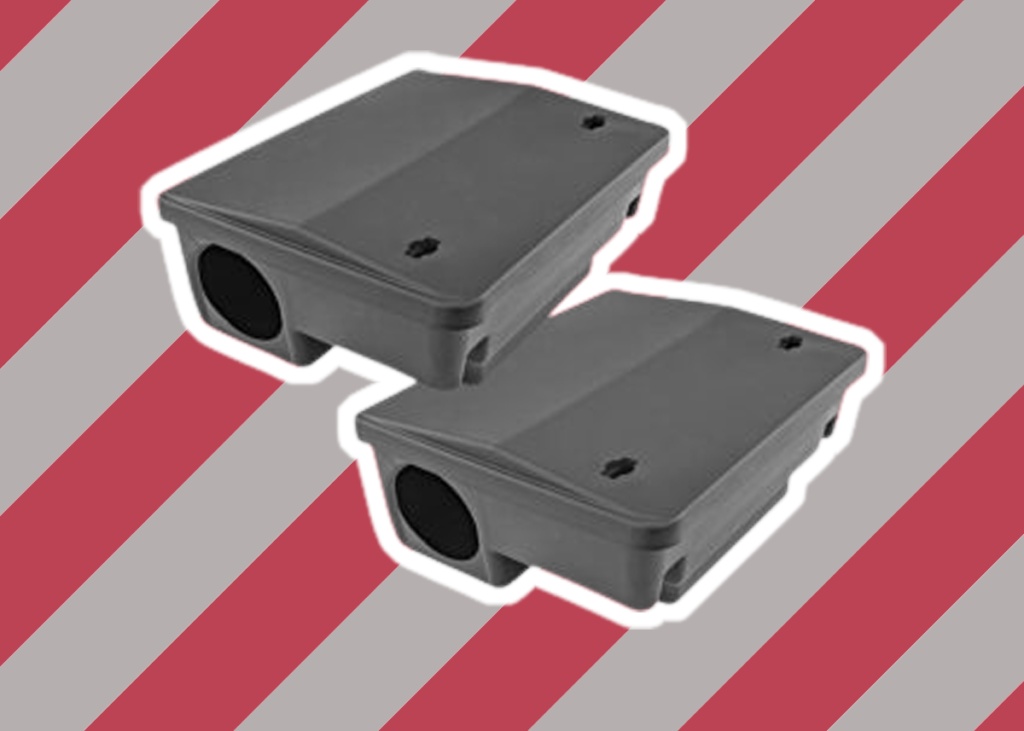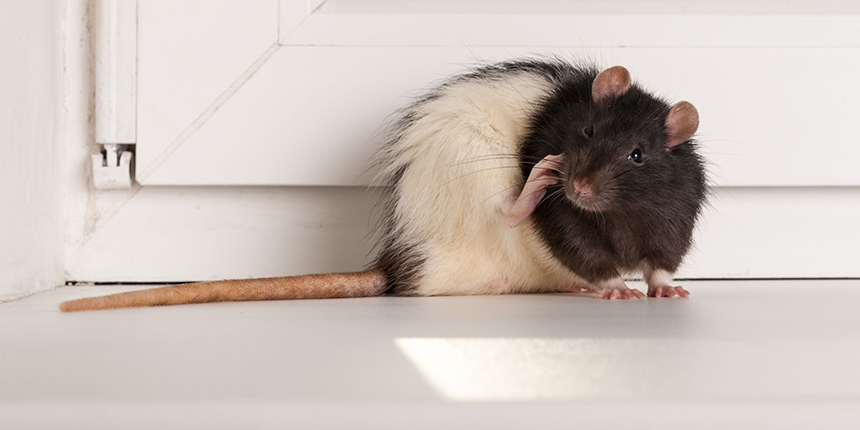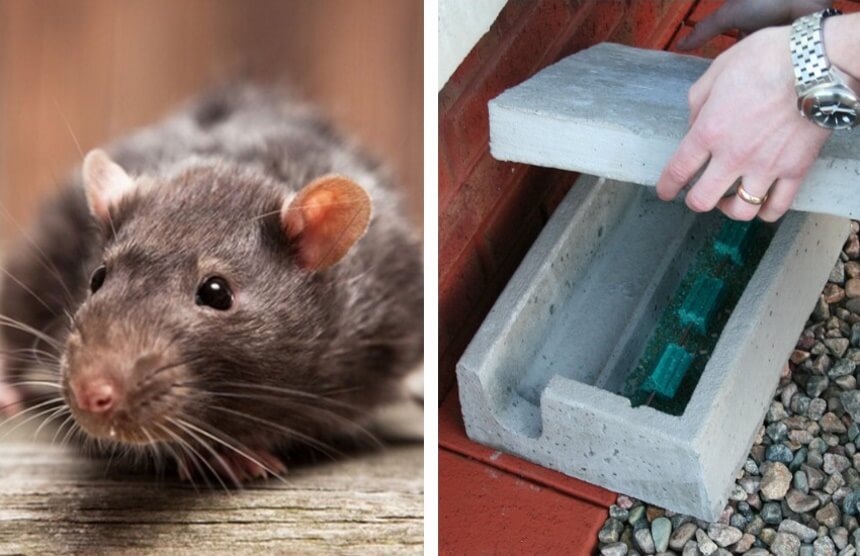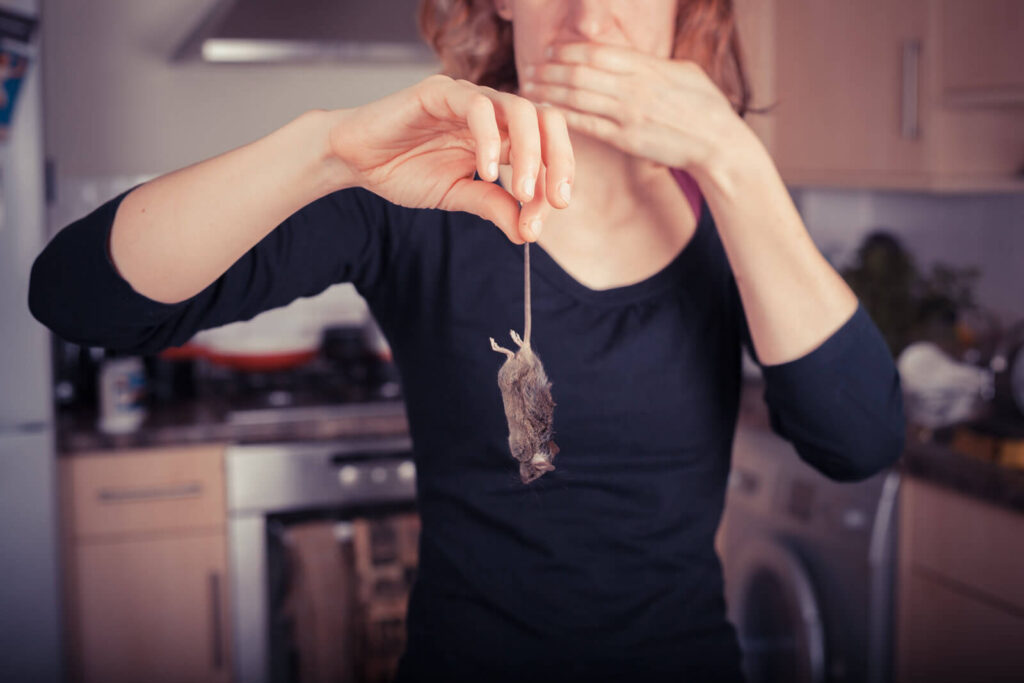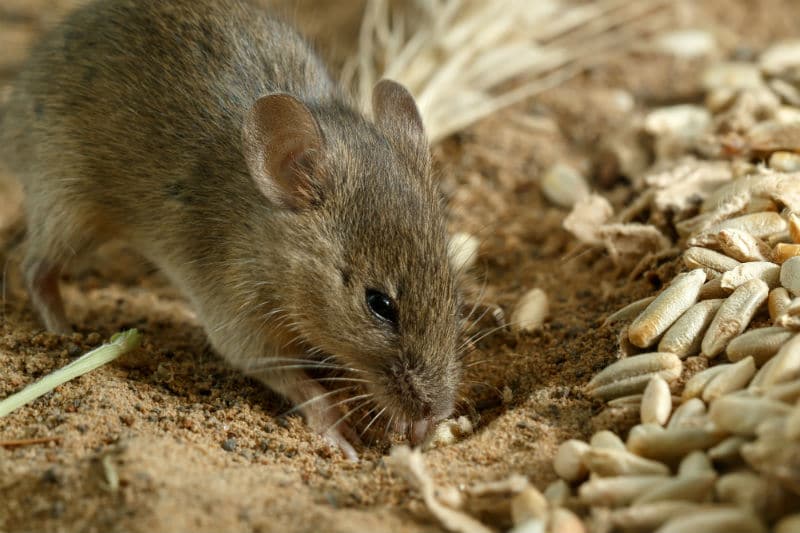

Although some people hardly ever have an issue with rat infestations, particular regions of the US are more vulnerable to rodent issues than others. The southern portion of the country and the coastline states are two examples of these regions. If you reside in these areas, roof rats may decide to make your attic their home, which might cause several issues for your household and property.
If you’re wondering how to get rid of roof rats, then there are some things you must know about roof rats. They are also referred to as black rats, although their color varies. Roof rats are omnivores, consuming smaller animals like insects and birds and vegetation, including seeds, foliage, and stems. If available, they will also consume agricultural products.
If you’re having a roof rat infestation problem, this article will guide you on how to identify roof rats and ways to keep them away from your home and garden.
Roof rats are also referred to as fruit rats, palm rats, Alexandrian rats, and ship rats, among other names.
Both Norway rats and roof rats, a stockier kind of rat, can invade homes. You must identify the rat species running about your attic to use effective pest treatment. Roof rats and Norway rats are dissimilar in several ways. Let’s examine some of these distinctions.
Roof rats differ from Norway rats because they are smaller and have longer tails than their bodies. Norway rats are also referred to as brown or sewer rats. In all, they can reach a length of 10 inches. Adult roof rats on the other hand measure about 6-8 inches and weigh between 2.64 and 8.11 oz.
Norway rats are often gray or brown, while roof rats are usually black. Compared to Norway rats, roof rats are more compact and have sleeker bodies with smoother fur. Roof rats also have pointed cheeks and huge, sparsely-haired ears.
Roof rats are adept climbers and, in contrast to other rat kinds, construct their homes above ground rather than in holes. Roof rats can be found outdoors, breeding in trees, bushes, wood heaps, and other vegetative covers. In homes, roof rats prefer to construct their homes on the upper floors, where the rising heat keeps them cozy. They may be nesting in a variety of locations throughout the house, such as:
They must have access to adequate water in their residence to support life.
Roof rats’ diet is more like squirrels’, unlike other rats that usually eat meat waste and proteinous meals.
Although they are omnivorous, roof rats primarily consume fruit and nuts. If they are extremely hungry, they will consume anything, including:
Furthermore, roof rats are hoarders and store seeds and nuts in their resting places for future use.
Roof rats can obtain water from the following sources:
In their quest for water, roof rats would also gnaw through metal and plastic pipes, which can seriously harm the building’s structure.
Norway rats and roof rats can easily be distinguished by color. The Norway rat has brownish-gray fur, while the roof rat has black fur with whitish underbellies. The two rats can also be differentiated based on size. Whereas Norway rats can grow as much as ten inches, adult roof rats are only approximately eight inches long. The roof rat often has a considerably longer tail as well.
Roof rats are nocturnal and only scavenge at night, so you won’t often see them. However, you must be aware of the infestation indicators that might let you know when they are there. Once located, you can implement the necessary control strategies.
Because they are nocturnal, roof rats can hide successfully at night. They might be seen or heard during the day. Roof rats frequently make sounds like gnawing, clawing, and digging.
Your pet (like cats) displaying excitement, and stress indicates that you may have roof rats in your home.
Their droppings are roughly capsule-shaped with blunt edges and range in length from 1/4 to 1/2 inch. They are normally shiny black, though the rat’s diet can affect the color. The size of rat excrement is three times that of mouse excrement.
You can spot them moving on fruit trees, power lines, rooftops, patios, and tree branches.
You have several options to get rid of roof rats in the attic. If you hear or see any of their telltale indicators, that is evidence of an infestation. You may easily minimize the rat population in your house by capturing or discouraging roof rats. Snap traps, electronic traps, glue traps, and other regularly used rat traps, as well as repellents, are all available to you.
Roof rats cannot stay away from the house without proper hygiene. Here is some helpful sanitation advice:
Remove any water sources, like fountains, bird baths, faulty pipes, and items that serve as a food source for rats because they are drawn to buildings and locations that give both water and food.
With bait like the Kaput Rat & Mouse Bait, you can easily lure roof rats to their death. As we mentioned earlier, roof rats feed differently from other rat species, so you should bait them with any of the following:
Roof rats are smart and can get suspicious when they see new meals in their environment. It would be best if you randomly placed these choice meals in their path for a few days without baiting them. This will earn their trust over time and make them unsuspecting when you deal the hard blow.
Some of the best rat traps, like the KatSense Snap Traps, have a steel bar that clamps down on rats, killing them. One rat is killed per trap, so to catch several rats, you must buy and setup several snap traps. Note that these traps can injure kids and pets. It would be best if you were careful when using them.
A more contemporary choice than snap traps would be electronic traps. They are a non-harmful and gentle technique to handle rats. These traps kill the rats by shocking them with high voltage.
These indoor-only traps have several amazing perks:
Rats can be caught with glue traps as well. Glue traps are simple because they don’t need to be set up or baited. Attach glue traps on the walls where rats tend to run.
Ultrasonic devices are one of the best rat repellents that function by releasing high-frequency, non-repetitive sounds that scare away rats from your home. Although people and most pets are unaffected, rats find the sound unpleasant. Pet fishes, dogs, and cats aren’t troubled by it, but you’ll need to relocate your guinea pig or hamster to a different room.
You may sleep well once the furry rats have been driven off your roof. Discover how to keep rats out to avoid further infestations permanently.
Clutter is something pests like, so they’ll happily reside where there is plenty of it. You should therefore avoid cluttering your home. Remove all wood and newspaper stacks from your house. At least once per week, give your house a thorough cleaning. Old cartons in your attic should probably be thrown out.
Rats can enter relatively small gaps and cracks. Ensure that all windows and ducts are securely screened, and caulk any gaps or crevices in your roof space with silicone.
Due to their keen ability to smell, rats are easily drawn to any food left open. Keep the trash can covered all the time. Pet owners should put their animals’ meals in rat-proof vessels. Feed your pet no more than a single meal at a time since it won’t remain in their dish for long and draw the annoying rats.
In addition to being wonderful friends, cats will prevent rats from entering your home. They’ll go after the mice and kill them as soon as they get their hands on them. The presence of a cat will deter any rats from approaching your house.
Roof rats can climb well and build their nests very high. If there are gaps in your attic that they can wriggle through, they can enter there easily using tree limbs as transportation. Other methods for roof rats to enter your house include:
They only require a space the diameter of a penny to pass through once they arrive at your house. They frequently penetrate houses in search of food and refuge from predators.
Any rat can become aggressive when threatened. They might bite you or pursue you. You could contract an illness like rat-bite fever if a roof rat bites you. Rat-bite fever symptoms might appear anywhere in a matter of days or weeks after the incident. It’s important to recognize the symptoms because they can be present even after the bite has previously healed:
Note that some infections caused by rats can kill people if not handled appropriately. They can infect people through their feces and urine. Although roof rats are yet to be linked to the Hantavirus pulmonary syndrome, you must still exercise caution when wiping up urine and excrement because you might have mistaken your rat infestation for something else. When people breathe air that has been around rat saliva, feces, or urine, they can contract the hantavirus.
Furthermore, fleas that previously fed on rats can make you sick. Diseases like tularemia and plague can be spread when a flea attacks a roof rat and afterward bites you.
The following techniques are some of the most efficient ways to keep roof rats out without endangering your cats, dogs, and other pets.
Along with these strategies, it’s critical to steer clear of any rat elimination approaches that can endanger your animals. Both kids and animals are at risk when using conventional snap traps. Conventional rat poison is also lethal to pets.
Rats are a major problem and do not just come out of the woodwork. They need to find their way into your home.
There are several methods that show how to get rid of roof rats, and many of them are effective. You can kill them with poison or traps, or you could take the time to find out how they’re getting into your roof and then seal off the holes where they are entering.
The best way to avoid an infestation is to seal up any cracks and crevices along with other porous areas in or near your home. You should also dispose of food properly. Remember that rats are dangerous, and getting rid of them is essential to ensuring your family stays safe and healthy.
